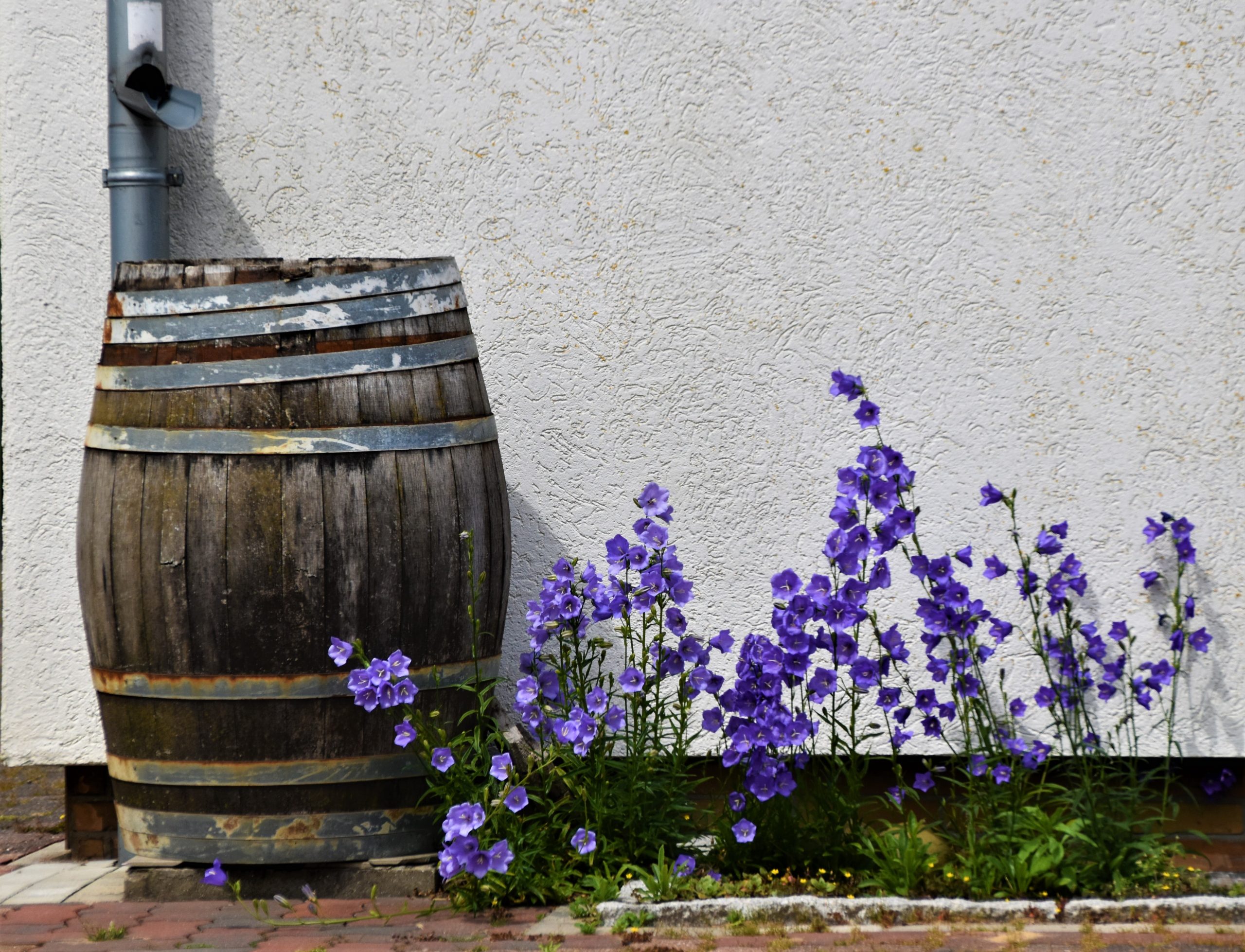Last Updated on April 15, 2024 by Real Men Sow
Raining is inevitable and it is frustrating when our garden gets flooded each time a storm stops by. We gathered the most useful preventive measures to avoid flooded gardens when it rains.
How To Stop Your Garden Flooding?
Always plant for your conditions
A lot of novice gardeners don’t realize that selecting a plant for your garden is more than just aesthetics. It is essential to ensure that the soil you use is compatible with the plant. This is especially important if there is a problem with your soil drainage.
It may be possible to reduce the amount of waterlogging in your garden depending on the severity. This can be done by carefully choosing plants that thrive in wetter environments. Some species of Hydrangea thrive in wetter soils. Geranium and Fuchsia, however, are good choices if you have clay soil.
Consider Container Gardening To Avoid Garden Flooding
Container gardening is a great option if you want plants to thrive in dry conditions. They also require garden drainage. You can start by adding some gravel or broken pots to the bottom of your container. Containers can be used to solve poor soil problems. This will give you a wider selection of plants!
There are many options for raised beds. You can also get them that are easily lifted off the ground. Although this design was initially intended for gardeners with bad backs, it is great for those who need to keep their plants and timber planters off the ground.
Use Rain Barrels Or Water Butt To Collect Rain Water
While most houses have some sort of guttering system that collects and redirects water, you should also consider outbuildings. If rainwater is allowed to flow freely from roofs onto the ground below, it can worsen a water-logging problem.
Even plastic garden furniture can collect rainwater and can end up in your flower beds or lawn.
Guttering can be attached to temporary structures and directed via a downpipe into an overflow barrel or water butt. This will prevent rain from pooling near your shed and provide water for you during dry months. This will allow you to solve your garden drainage problems while also saving water for your flowers.
Make a Grassy Swale
You might feel compelled to replace your lawn with paving stones, if it looks like a paddy field during the wetter months. A grassy swale (sometimes called a contour bund) can be made in your existing garden if you have enough space.
Sometimes grassy swales are found in nature around small trees. However, man-made ones allow water to drain away and run off, keeping it out the way of your plants. These swales were originally created to help reduce storm water damage and river overflows during particularly severe weather.
This is done by digging a ditch and then piling the dirt up to direct stormwater where it needs to.
Install a French Drain
If all else fails, and your garden is suffering from a serious water logging problem, you might consider having a French drain installed, which is basically an additional underground drain pipe.
You can fill the trench with gravel, sand, rocks or a pipe made of perforated material. If you have a lot to drink, the pipe option is a good choice.
Once the material is installed, water filters below the materials to keep it from reaching ground level or the foundations of buildings.
Why Is Your Garden Flooding When It’s Rains?
Unfortunately, poor garden drainage is common in the UK and the common rains are not helping this situation. Winter times are more serious for us, gardeners because more rain and snow could make our garden useless if we don’t take care or prevent flooding.
We hope this post helped your gardening experience and you can easily prevent your garden from waterlogging before the next storm comes.

